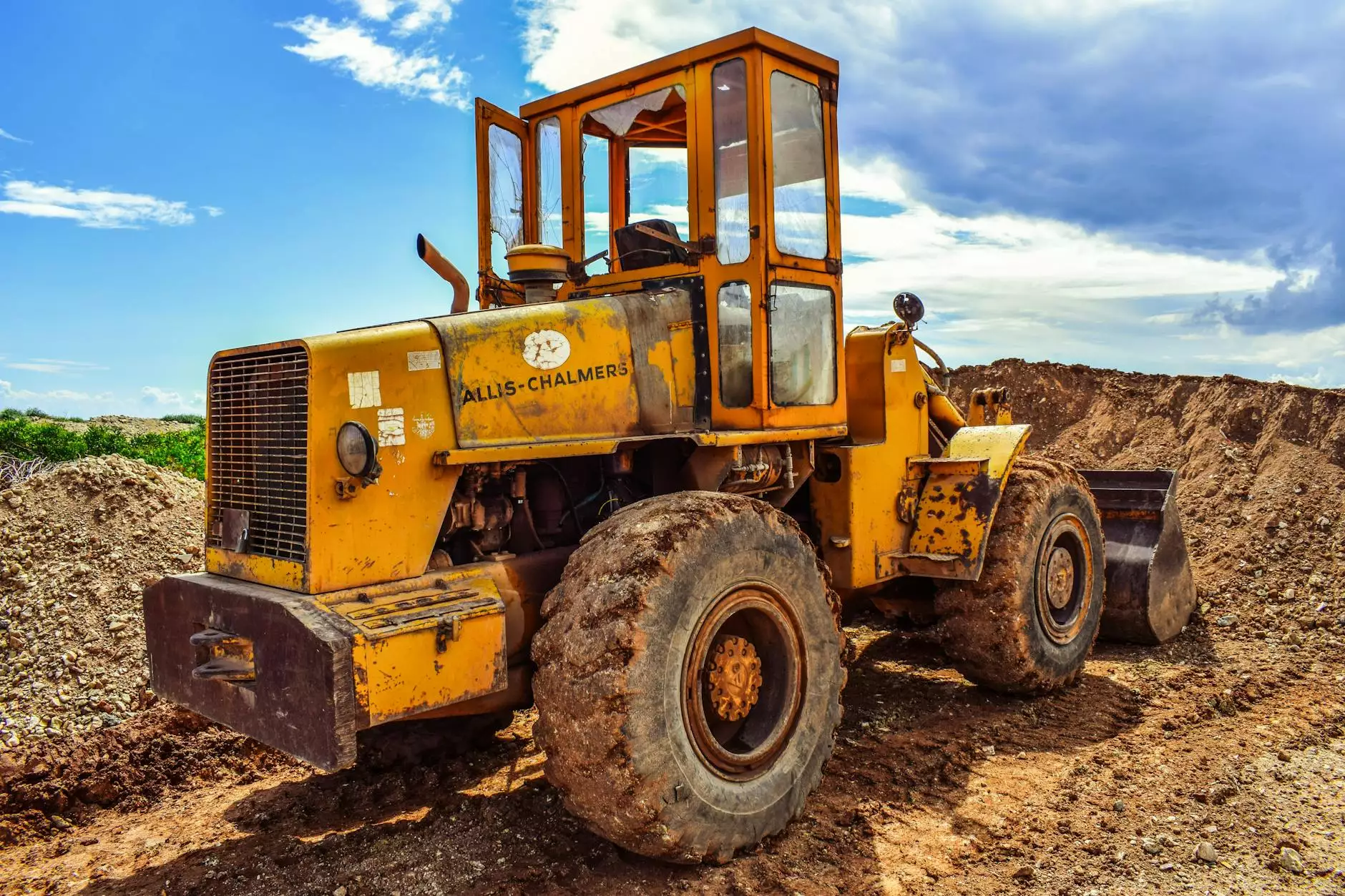Revolutionizing the Cold Chain: Expert Insights into Refrigeration Equipment

In the modern landscape of global supply chains, refrigeration equipment plays an indispensable role. As industries ranging from pharmaceuticals to food and beverage expand and evolve, the demand for reliable cold chain solutions has reached unprecedented heights. This article delves into the importance of robust refrigeration systems and how businesses can harness them to ensure quality control and operational efficiency.
The Importance of Refrigeration Equipment in the Cold Chain
The cold chain refers to the temperature-controlled supply chain that preserves the quality and safety of perishable products. Effective refrigeration equipment ensures that products are kept at optimal temperatures throughout their journey from production to consumption. Here are some critical points regarding its importance:
- Quality Maintenance: Refrigeration equipment prevents spoilage, ensuring that food remains fresh and safe for consumption.
- Regulatory Compliance: Many industries, especially pharmaceuticals, are subject to strict regulations regarding temperature control.
- Brand Reputation: Businesses that uphold stringent temperature controls gain trust from consumers, enhancing their brand image.
- Cost Efficiency: Proper refrigeration reduces waste and enhances the shelf life of products, ultimately saving costs.
Understanding Different Types of Refrigeration Equipment
In the realm of refrigeration, there are various types of equipment tailored for specific applications within the cold chain. Here are some essential categories of refrigeration equipment:
1. Walk-In Coolers and Freezers
These large storage units are vital for businesses that need to maintain bulk products at precise temperatures. They offer flexibility in terms of space and configuration, making them ideal for restaurants, warehouses, and distribution centers.
2. Display Refrigerators
Commonly found in retail environments, display refrigerators showcase products while keeping them at safe temperatures. Their transparency and design are crafted to enhance visibility and appeal to customers, thus boosting sales.
3. Reach-In Refrigerators
These appliances are compact yet efficient, allowing quick access to chilled products. Perfect for kitchens and small retail spaces, they combine ease of use with effective space management.
4. Commercial Blast Freezers
Blast freezers are essential for quickly freezing large quantities of food, locking in freshness and preventing the formation of large ice crystals that could alter the food’s texture. These are particularly important in meal prep facilities and bakeries.
5. Temperature Monitoring Systems
While not cooling equipment per se, temperature monitoring systems are crucial for any refrigeration setup. They continuously track temperatures and provide alerts when temperature fluctuations occur, ensuring products remain within the required thresholds.
Innovations Shaping the Future of Refrigeration Equipment
The refrigeration industry is in a constant state of innovation, driven by technological advancements and consumer demands. Here are some significant trends:
1. Energy Efficiency
With energy costs soaring and environmental concerns rising, energy-efficient refrigeration solutions are a priority. New technologies reduce energy consumption while maintaining performance, offering long-term savings.
2. Eco-Friendly Refrigerants
The shift towards eco-friendly refrigerants aims to minimize the environmental impact of refrigeration systems. Alternatives to traditional refrigerants are increasingly prevalent and help businesses meet sustainability goals.
3. Smart Refrigeration Solutions
Smart technology has permeated the refrigeration sector, introducing IoT-enabled devices that offer real-time monitoring and analytics. These advancements allow businesses to optimize operations and respond quickly to potential issues.
How to Choose the Right Refrigeration Equipment for Your Business
Selecting the appropriate refrigeration equipment is crucial for maintaining efficiency and reducing costs. Here are key considerations:
- Assess Your Needs: Determine what products you will be storing and their specific temperature requirements.
- Space Availability: Evaluate your facility layout to choose equipment that fits without compromising workflow.
- Energy Consumption: Opt for energy-efficient models that will lower utility costs and align with green initiatives.
- Brand Reputation: Choose equipment from reputable manufacturers that offer support and warranty services.
Case Studies: Successful Implementation of Refrigeration Solutions
To illustrate the impact of effective refrigeration solutions, we can examine a few case studies:
Case Study 1: Transforming a Grocery Store Chain
A major grocery store chain implemented energy-efficient refrigeration units across its stores. These units reduced energy consumption by 30%, leading to significant cost savings and a decreased carbon footprint, enhancing the brand's commitment to sustainability.
Case Study 2: Pharmaceuticals and Temperature Monitoring
A pharmaceutical company enhanced its temperature monitoring systems to ensure compliance with regulations governing drug storage. With real-time temperature data, they reduced spoilage rates and improved inventory management.
Conclusion: The Future of Refrigeration Equipment and Cold Chain Logistics
The role of refrigeration equipment in cold chain logistics cannot be overstated. As technology progresses, businesses must adapt by investing in innovative solutions that not only comply with regulations but also enhance operational efficiency.
By prioritizing quality, energy efficiency, and effective monitoring systems, companies can ensure that their products remain safe and of high quality throughout the supply chain.
To learn more or explore state-of-the-art refrigeration equipment, visit https://www.first-coldchain.com/.









